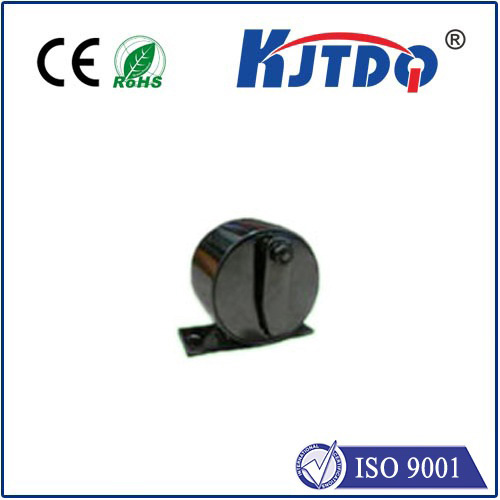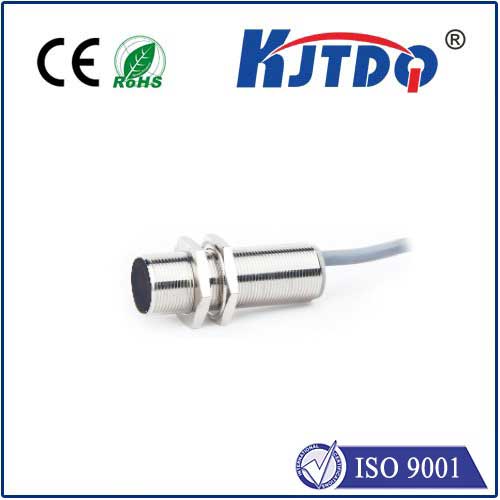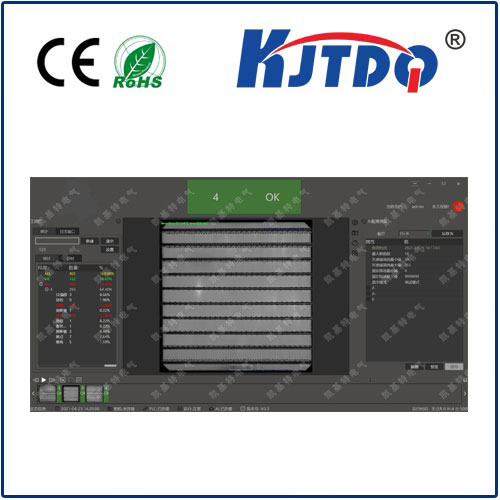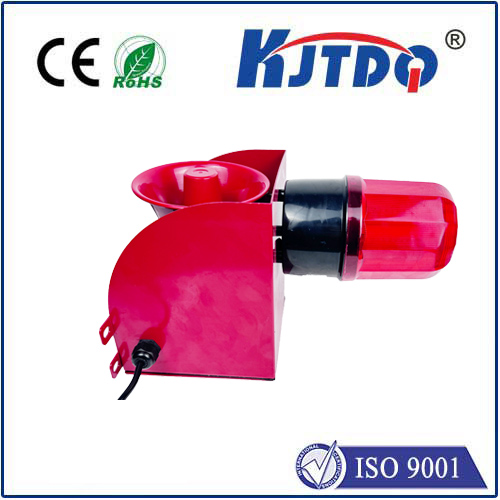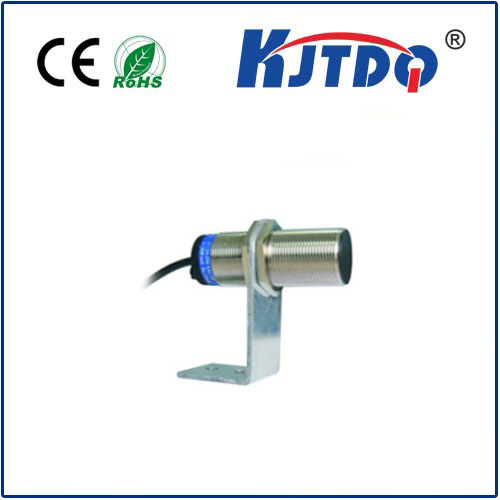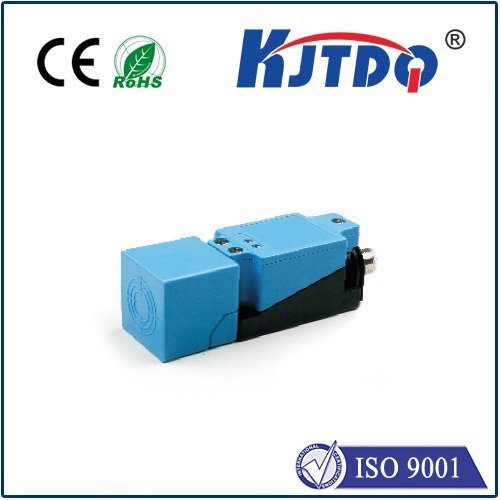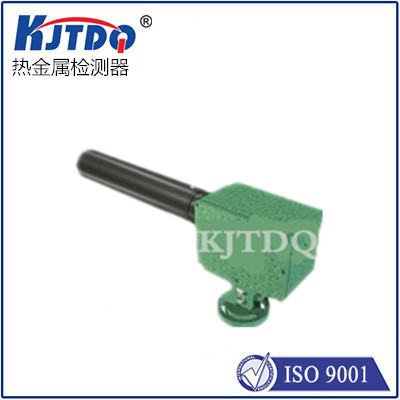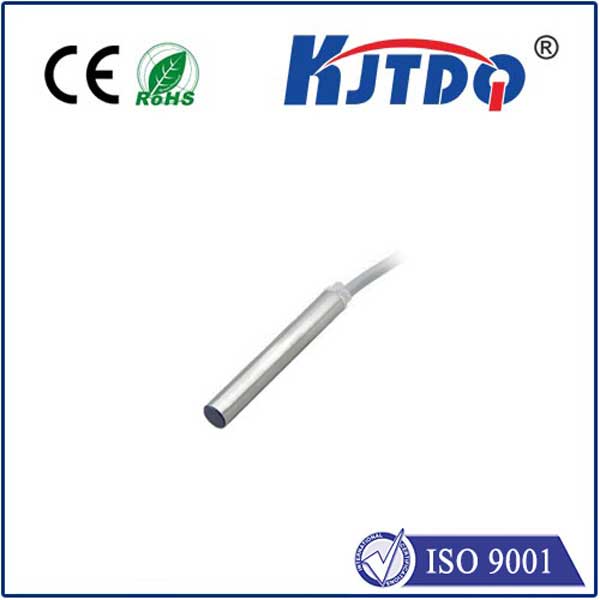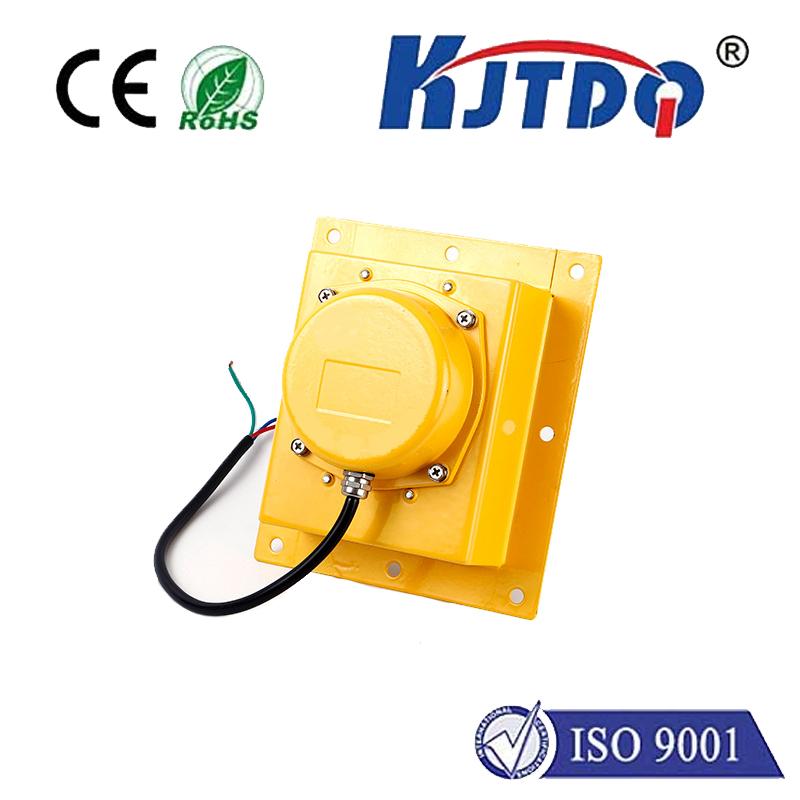
check

check

check

check
Title: Enhancing Accuracy and Range with a Laser Distance Sensor 100m
Introduction
Laser distance sensors are widely used in various applications due to their high accuracy, reliable performance, and long range. One of the most popular types of laser distance sensors is the one capable of measuring distances up to 100 meters. This article explores the features and advantages of these sensors, as well as their applications in different fields.
Accuracy and Reliability
The accuracy and reliability of a laser distance sensor depend on several factors, including the type of laser, the lens design, and the algorithm used for measurement. The 100m laser distance sensor typically employs high-precision lasers and advanced optics to ensure accurate readings within a small margin of error. Additionally, it incorporates robust algorithms that minimize noise and interference, ensuring reliable results even in challenging environments.

Range and Flexibility
One of the primary benefits of using a 100m laser distance sensor is its extended range. This allows users to measure distances beyond the reach of traditional distance sensors, making it ideal for use in outdoor, rugged, or remote areas. The sensor's compact and lightweight design also makes it easy to integrate into various devices, such as drones, robots, and surveying equipment, enhancing flexibility and versatility.
Applications
The 100m laser distance sensor has numerous applications in various fields, including:
1. Surveying andMapping: The sensor can be used to create precise topographic maps, measure terrain elevations, and track object movements over time.
2. Industrial Automation: It can be employed in industrial processes to monitor the position and movement of machines, detect defects in manufacturing processes, and control robotic systems.
3. Agriculture: The sensor can assist farmers in monitoring crop growth, identifying plant diseases, and optimizing irrigation systems.
4. Sports and Entertainment: It is commonly used in stadiums for tracking athlete performances, measuring ball bounces, and detecting obstacles during sporting events.
Conclusion
In conclusion, laser distance sensors with a 100m range provide an efficient and accurate way to measure distances beyond conventional ranges. Their high precision, reliability, and flexibility make them valuable assets in various industries such as surveying, automation, agriculture, sports & entertainment, among others. As technology continues to evolve, it is expected that these sensors will become even more sophisticated, offering new opportunities for innovation and advancements in many fields.
